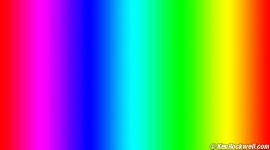Looking for a general census as to what most of you set your color space to.
If I understand correctly, Adobe RGB has a wider range (gamut) color than sRGB.
So if I where to just post or print a picture sRGB would be recomended? And if I where
to enhance a photo with software, Adobe RGB would be recomended?
Thanks
Michael
If I understand correctly, Adobe RGB has a wider range (gamut) color than sRGB.
So if I where to just post or print a picture sRGB would be recomended? And if I where
to enhance a photo with software, Adobe RGB would be recomended?
Thanks
Michael




